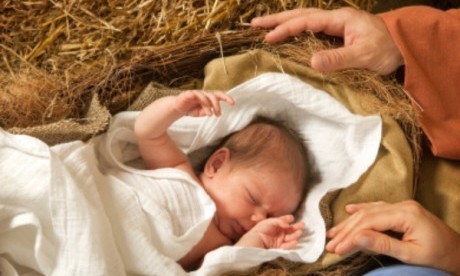The Christmas season is a delightful jumble of traditions. Why are we singing about decking halls with boughs of holly, whatever “decking” means? Why isn’t, as one child asked, Santa in the nativity scene? Is Christmas a Christian festival or can anyone join in?
There are four main traditions of the season. Each can be valued and celebrated. For each encourage and challenge us to make our world a better place.
The first is the Winter Solstice observed on December 25th in the Julian Calendar. It marked the longest night of the year. Following harvest, all nature seemingly had begun to die, and the colour green faded from the earth.
Death was advancing. But then, significantly, the sun “turned”. Light was re-born to the world. People rejoiced, feasted and celebrated.
In Middle Eastern civilisations – Syria, Egypt, Persia – Winter Solstice was symbolised by the birth of a divine male child from the dark womb of the Goddess. Winter Solstice rituals in Europe primarily involved fire and greenery.
Continue reading Glynn Cardy’s article ‘The Biblical Christmas was not about a baby in a manger’ in The New Zealand Herald.
Glynn Cardy is vicar of the Anglican church of St Matthew-in-the-City, Auckland.
Image: The Mother Huddle
Additional readingNews category: Analysis and Comment.




